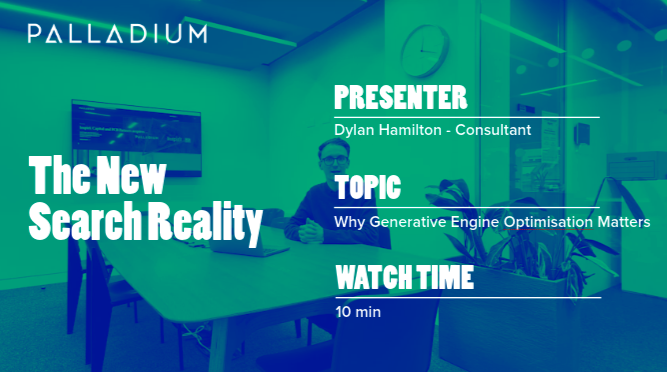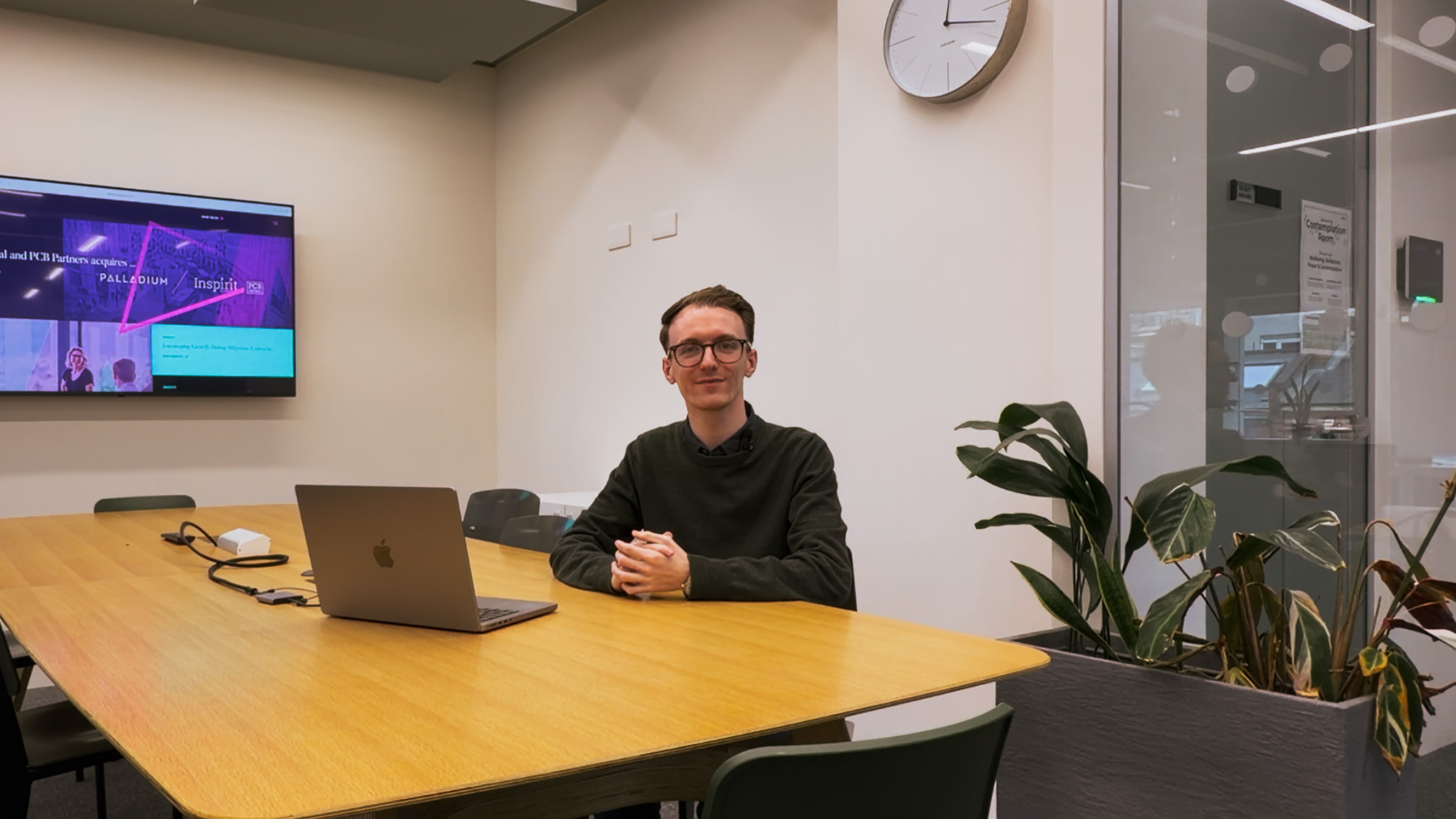We recently published an article and video on Generative Engine Optimisation (GEO) which you can read here →
The world of search is evolving at a rapid pace; GEO is an evolution from SEO and now Answer Engine Optimisation (AEO) builds from GEO. Here’s Palladium thoughts on why GEO and AEO are a tandem ALL investors and portfolio companies need to embrace.
Answer Engine Optimisation vs. Generative Engine Optimisation
As we previously outlined in our last article, GEO is the process of optimising content for AI-driven generative engines (such as ChatGPT) to synthesise answers from multiple sources.
AEO is different in that it focuses on optimising content to be directly used in answering queries within search engines; think snippets, voice search and AI-powered results.
AEO therefore, involves the risk of zero-click searches, where users don’t visit your website however, it offers the opportunity to boost discoverability and drive conversions, particularly in mobile and voice-first environments. So although, AEO shares commonalities with GEO, such as a focus on user intent and content quality, the two diverge in how and where they operate.
AEO focuses on search engines with concise, structured answers optimised for featured snippets and zero-click searches, using schema markups and snippet strategies. GEO, on the other hand, targets generative AI platforms, emphasising context-rich narratives, authoritative tone, and semantic depth, with success measured by inclusion in AI-generated outputs rather than SERP rankings.
Ultimately, the same tactics to respond generally apply across both AEO and GEO but here’s what we recommend you focus on for each:
Generative Engine Optimisation:
- Use structured data such as implementing llms.txt
- Build topical authority across themes such as own-generated content via your website and social media and user-generated content on social media
- Publish deep, authoritative content; long-form, well-researched thought-leadership that demonstrates expertise is valued by AI engines when generating responses.
Answer Engine Optimisation:
- Use structured content formats such as JSON-LD and bullet points to assist with search engines extracting and displaying.
- Try and answer user questions with content; use natural language and have concise responses.
- Further optimise content for extract by search engines i.e. clear and descriptive subheadings, questions in your headers.
The Tandem Pairing
AEO and GEO should not be treated as separate strategies in our view. As AEO helps brands show up in traditional search engines by delivering clear, structured answers to user queries in the form of featured snippets, GEO positions businesses within AI-generated content ecosystems like ChatGPT, where deeper more nuanced content is synthesised into conversational responses. Both rely on content being delivered; whether own or user-generated to give the user their answer. If you build you can build your brand authority with the right technical set-up and answer the key questions your audience are asking; leveraging this tandem approach should start to bear fruit.
The key is to balance clarity with depth, and structure with substance, so your brand remains visible, trusted, and relevant across every touchpoint where users seek information.
What does it all mean for me?
With the rapid integration of AI into search and discovery platforms, businesses that fail to adapt risk losing visibility and relevance in the digital landscape. As user behaviour shifts towards zero-click searches, voice assistants, and AI-powered answers, traditional SEO tactics alone are no longer sufficient. Investors and portfolio companies must recognise that both AEO and GEO are now critical levers for digital growth and competitive differentiation. Ignoring these trends could mean missing out on valuable customer touchpoints, reduced brand authority, and ultimately, diminished returns on digital investment.
To build an effective strategy, businesses should begin by auditing their existing content and technical infrastructure to identify gaps in both AEO and GEO readiness. This includes implementing structured data, optimising for featured snippets and voice search, and producing authoritative, in-depth content that appeals to generative AI platforms. Cross-functional collaboration between marketing, technology, and product teams is essential to ensure content is discoverable, trustworthy, and aligned with evolving user intent. By proactively embracing both AEO and GEO, businesses can future-proof their digital presence and maximise engagement across the full spectrum of search and AI-driven platforms.

Watch the video now to gain practical insights and stay ahead in the GEO landscape.
To help you navigate this evolving landscape, we’re pleased to share an exclusive video featuring our own consultant, Dylan Hamilton. In this session, Dylan discusses the latest trends, risks, and opportunities in GEO, drawing on Palladium’s extensive experience across dozens of recent diligence and strategy engagements.



